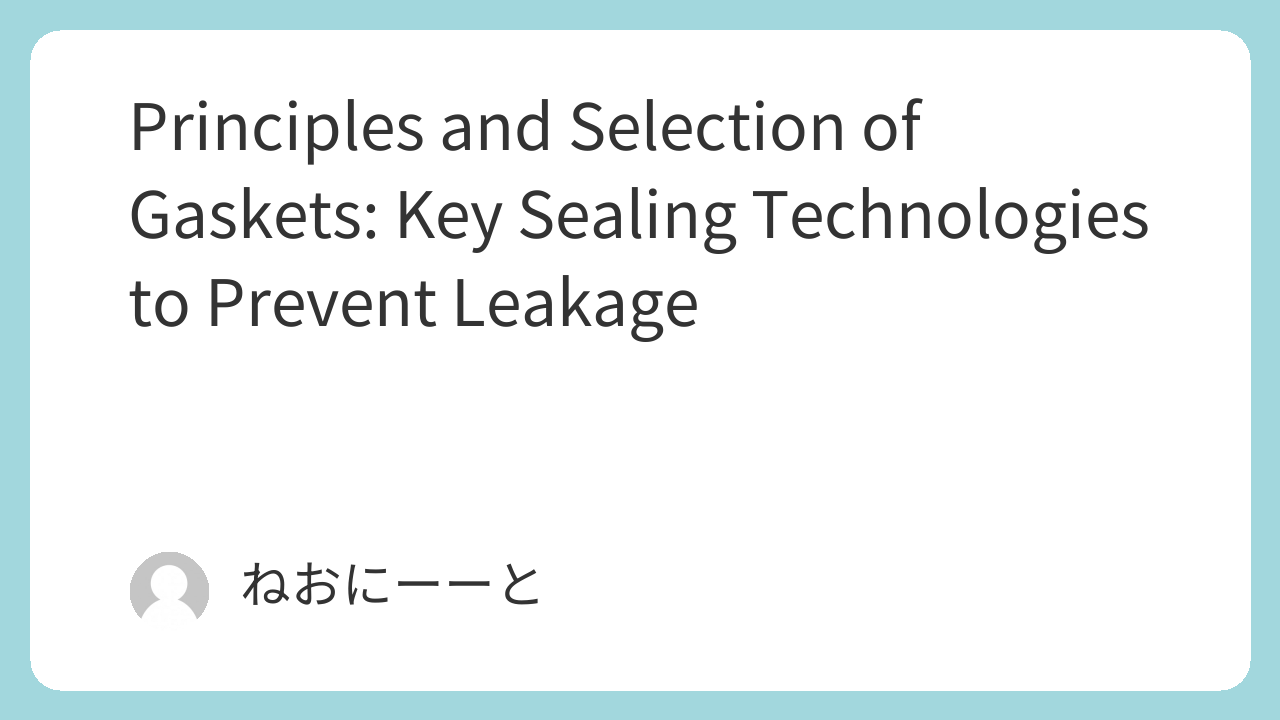Gaskets are critical components used in piping systems and equipment joints to prevent leakage of liquids and gases. Despite being relatively inexpensive, their role is vital in ensuring plant safety and reliability. This article explains the basic sealing principles of gaskets and provides essential points for selecting the right gasket for your application.
The Sealing Principle of Gaskets
- Gaskets fill the microscopic gaps between flanges under compression.
- Proper sealing requires both compression (to block leak paths) and elasticity (to absorb vibration and temperature changes).
Line Contact vs. Surface Contact
- Contrary to common belief, gaskets do not seal across the entire surface.
- Sealing occurs along narrow line contacts, influenced by flange surface finish, flatness, and applied torque.
Flange Groove and Roughness
- Many flanges have concentric grooves that increase local contact pressure.
- Surface roughness and flange deformation play a key role in sealing effectiveness.
Effective Sealing Width
- Only a portion of the gasket cross-section is truly effective in sealing (“effective sealing width”).
- Excessive flange tilt or improper torque distribution reduces the sealing area.
Special Gasket Designs
- Wave-shaped metal jackets and PTFE-covered gaskets are engineered to achieve high sealing performance at lower bolt loads.
- Spiral wound gaskets combine flexibility and resilience for high-pressure service.
Gasket Factors (m and y values)
- Minimum seating stress (y): the bolt load required to initiate sealing.
- Gasket factor (m): the additional load required to maintain a seal under internal pressure.
- Understanding these parameters helps engineers choose gaskets suited for different process conditions.
Practical Selection Considerations
- Material compatibility (chemical resistance, temperature limits).
- Thickness and compressibility.
- Cost, availability, and ease of replacement.
- Application specifics (glass-lined equipment, vacuum conditions, etc.).
Conclusion
No universal gasket exists. Each application requires careful selection based on sealing principle, flange conditions, and process requirements. By understanding the fundamentals—compression, elasticity, contact mechanics, and gasket factors—engineers can minimize leakage risks and improve plant reliability.

Comments